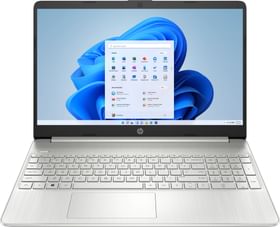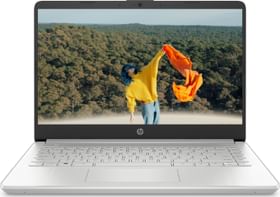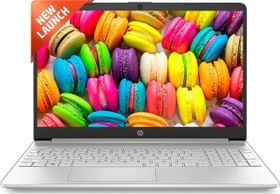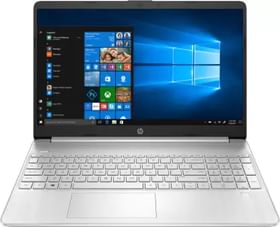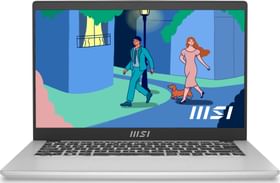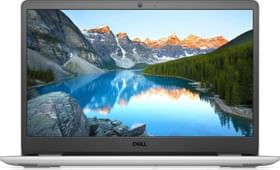Windows 11 is gradually rolling out to laptops and desktops to offer a new set of features for a smoother PC experience. Microsoft’s latest version of Windows comes with several new features including Dynamic Refresh Rate (DRR). What is this Dynamic Refresh Refresh Rate with a how-to enable this in you PC or Laptop let’s find out in this article.
What is Refresh Rate?
Refresh rate in display can be explained as the number of times screen refreshes the picture in a seconds time. The higher the refresh rate of a display, the smoother will be the display performance. For instance, look at the below image showing an ideal comparison of displays with the popular refresh rates of 60Hz, 90Hz, and 120Hz.

With some major benefits, higher refresh rates are tagged along with battery consumption issues. A display with a high refresh rate consumes more battery than usual and thus it hampers battery life. That is where Dynamic Refresh Rate comes handly.
ALSO READ: How To Enable/Disable dark mode on Windows 11
What is Dynamic Refresh Rate (DRR)?
Microsoft’s Windows 11 comes with Dynamic Refresh Rate (DRR) to provide a seamless balance between a lower refresh rate and a higher refresh rate according to the content.
The DRR feature helps users working on high refresh rates laptops to extend their battery life. The PC users can opt to activate the DRR feature for better performance optimization and battery life.

Let’s understand this with an example. Take a PC that supports a 120Hz refresh rate. Upon activating the Dynamic Refresh Rate, the PC will automatically switch to a lower 60Hz refresh rate for general tasks like email, documenting, etc. But for smoother and responsive performance, the display will shift to 120Hz for doing tasks like inking, browsing, and streaming.
ALSO READ: How to Sideload Android Apps on Windows 11
Requirements to avail Dynamic Refresh Rate
The DRR feature Windows 11 is available to laptops and monitors supporting variable refresh rate (VRR) and a minimum of 120Hz refresh rate. The VRR implementation to the display panels enables the PC to switch between refresh rates to make it work for a dynamic refresh rate. It can be quickly checked if your laptop supports VRR or not by following below mentioned steps.
Check if Your PC Supports VRR on Windows 11
- Go to Settings > System > Display
- Find ‘Related Settings’ section and click on Graphics option
- Click on the first point ‘Change default graphics settings’
- A section name ‘Variable Refresh Rate’ will appear. If you can’t find it then it implies that your PC doesn’t support variable refresh rate.
Check if Your PC Supports VRR on Windows 10
- Open Settings > System > Display
- Scroll down to find Graphics settings option
- Tap on ‘Change default graphics settings’ option
- An option of VRR will be there if your PC supports it
Steps to enable Dynamic Refresh Rate in Windows 11
Microsoft has made the Dynamic Refresh Rate feature available on the Windows Insider builds for the Dev channel. You can join the insider program by heading to this link.
So, laptops running on Windows 11 preview version can follow the below steps to activate DRR.
- Open Settings > System > Display
- Click on Advanced Display under Related Settings option
- A drop menu will appear under ‘Choose a refresh rate’ option. Select the required refresh rate tagged with Dynamic keyword next to it.

That’s all you need to do to enable the DRR feature on your device running on the latest Windows 11. The changes will reflect immediately right after. It is worth mentioning that Microsoft is still working on the feature to make it available to the masses. And if your PC doesn’t perform as smooth as intended, a stable version should soon arrive. Nevertheless, you can also disable the DRR feature to revert to the former setting.













